Skift Take
Yoshiharu Hoshino, the CEO of Hoshino Resorts, is one of the world’s most remarkable hotel executives. He’s built a group of brands now intimately associated with Japan’s tourism development and distinctive approach to hospitality.
Hoshino Resorts is small but punches above its weight. It only has 68 hotels, but several of them regularly top the most-recommended lists of Conde Nast Traveler and Travel + Leisure.
The 110-year-old company began with traditional inns. Since becoming its CEO in 1991, CEO Yoshiharu Hoshino has led the business in championing Japanese hospitality against a rising sea of sameness from global brands.
The group has grown its property count by 74% since 2019. It has another 11 in the pipeline. Notably, it’s developing hotels nationwide, not just the best-known tourism centers.
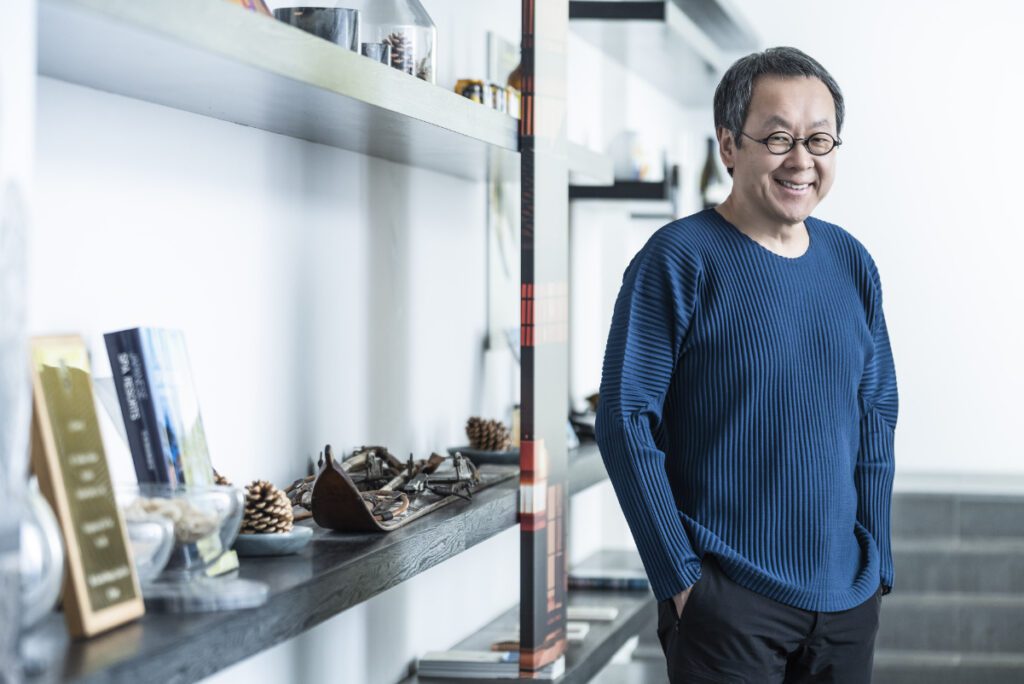

Hoshino Resorts’ notable brand power
The brand’s strength is revealed in that “60% to 70%” of the Hoshino-branded reservations come directly through its website, a share of direct distribution exceeding that of the global hotel groups.
“One reason we’ve worked so hard to have this large brand awareness is to boost our flow of direct bookings because that is one of the important sources of profitability,” Hoshino said.
Hoshino Resorts’ rising status as an iconic national brand is one reason its CEO was named Japan’s “master entrepreneur of the year” in 2022 by the consulting firm EY.
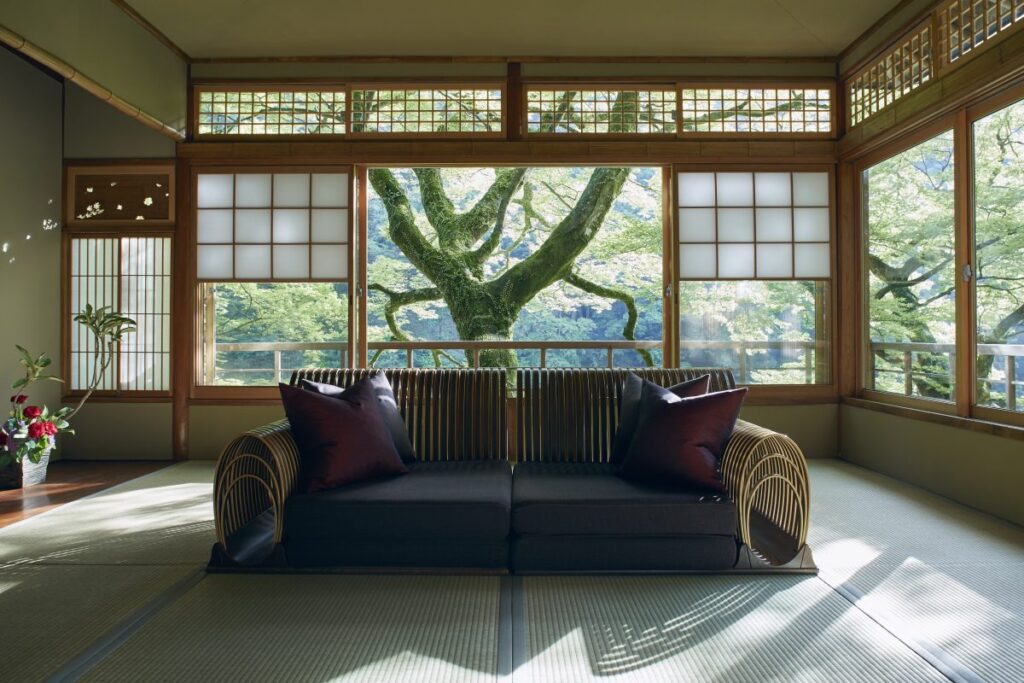

Rapid portfolio growth
Hoshino made opportunistic moves during the pandemic. The crisis caused distress for many hotel operators and investors, who sought Hoshino Resorts to either take over the management or ownership of their properties. The company saw a once-in-a-generation chance to claim desirable locations at discounted prices.
In 2019, the company had 3,074 rooms. It has added 4,010 rooms since then.
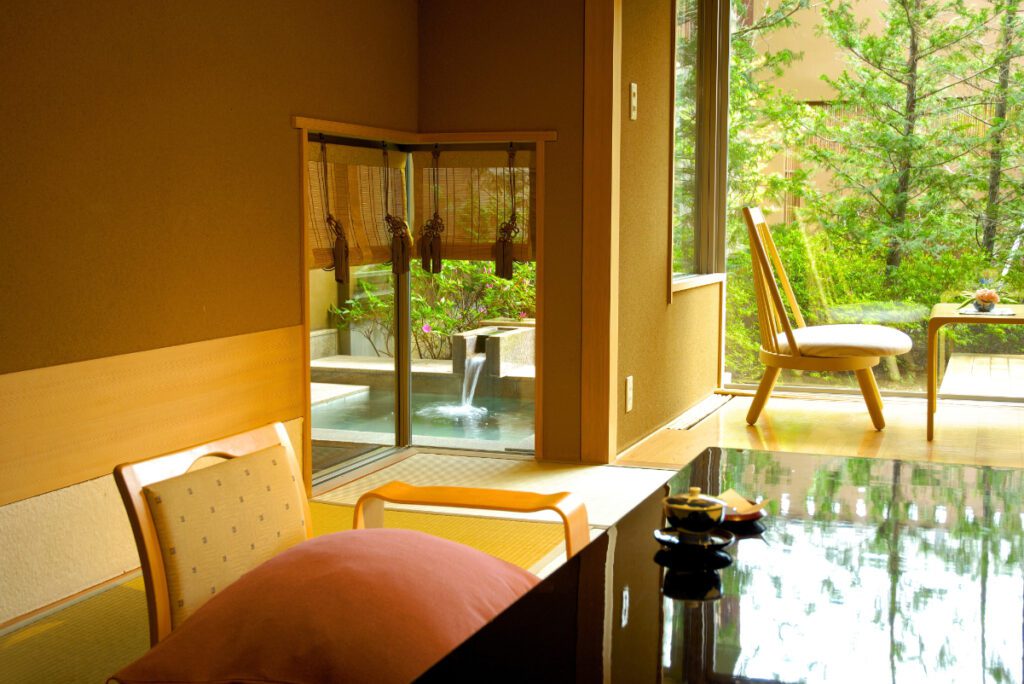

Supporting national tourism
Hoshino Resorts has a long-term strategy of spreading out its footprint nationwide.
“In cities and prefectures across the country, manufacturing used to be the main industry,” Hoshino said. “But we expect tourism to become much more important in the coming years.”
Hoshino’s strategy sometimes involves jointly developing projects with the Development Bank of Japan. With 10 hotel projects so far, collaboration has provided “risk money” to support revitalization.
In September 2023, for instance, Hoshino teamed up with DBJ to develop a Risonare-branded luxury resort in Shimonoseki, a waterfront city in Kanmon whose domestic tourism industry needs revitalization. When the project opens in 2025, all guestrooms will have an ocean view.
This year, the company will open its Omo7 brand in Kochi, a city whose tourism sector remains nascent.
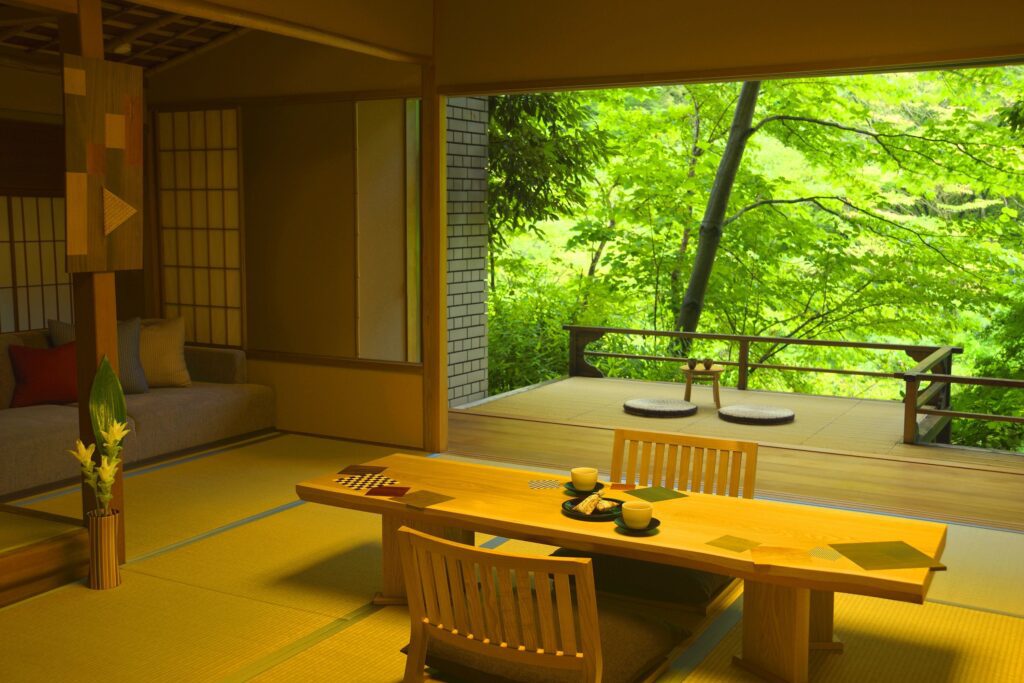

Partnering with a global hotel group?
One of the most intriguing questions for hoteliers outside of Japan is whether Hoshino Resorts — which had a half-billion dollars (82.2 billion yen) in gross transaction volume last year — would enter into a licensing partnership with an international hotel group.
Given that it already has over 60% of its bookings coming directly through its site, it’s not clear that a partnership would boost direct bookings enough to justify fees.
What about a “soft-branded collection.” one where where Hoshino maintains control of brand standards but benefits from the marketing power of an international hotel group? Hoshino said he was open to “consultations,” but he was skeptical.
“The international hotel groups are trying to sell their names to smaller companies and sometimes call it a soft-branded collection,” Hoshino said. “This business model is very close to Booking.com and Expedia, where we would let our brand join an international hotel group’s network in return for paying fees. This business model could be a problem for us.”


Expanding its brand portfolio
Occupancies and average daily rates at all Hoshino Resort brands are above pre-pandemic levels. That fact illustrates Japan’s travel boom.
Since becoming CEO, Hoshino expanded his group’s portfolio to five sub-brands, each targeting a different market.
“We’re not interested in increasing the number of sub-brands we have,” he said. “These five sub-brands can probably meet the needs of most investors and hotel owners.”
- Hoshinoya is a luxury brand that aims to encapsulate omotenashi, the Japanese philosophy of providing extraordinary hospitality. The brand, created in 2006, has won multiple awards. Its ninth location is planned for 2026, namely, the 62-unit Hoshinoya Lodge Niseko, a ski-in, ski-out resort with a mixed-gender rooftop onsen overlooking a village and toward Mount Yotei.
- Kai is a set of 22 luxury inns beside hot springs modeled on onsen ryokan, or traditional Japanese inns. The inns offer Kaiseki-style meals and premium service. Launched in 2011, the brand has been well received. Last year, Travel + Leisure picked a Kai in Yufuin as one of the 100 best new hotels in the world.
- Risonare is a brand created in 2011 to offer countryside resorts, where guests can enjoy up-close experiences with nature and private saunas.
- Omo is a set of urban lifestyle hotels that come in different degrees of service, ranging from premium economy to midscale. It launched in 2018.
- Beb is a casual hotel brand that offers a premium hostel set-up and a premium economy price, launched in 2019.
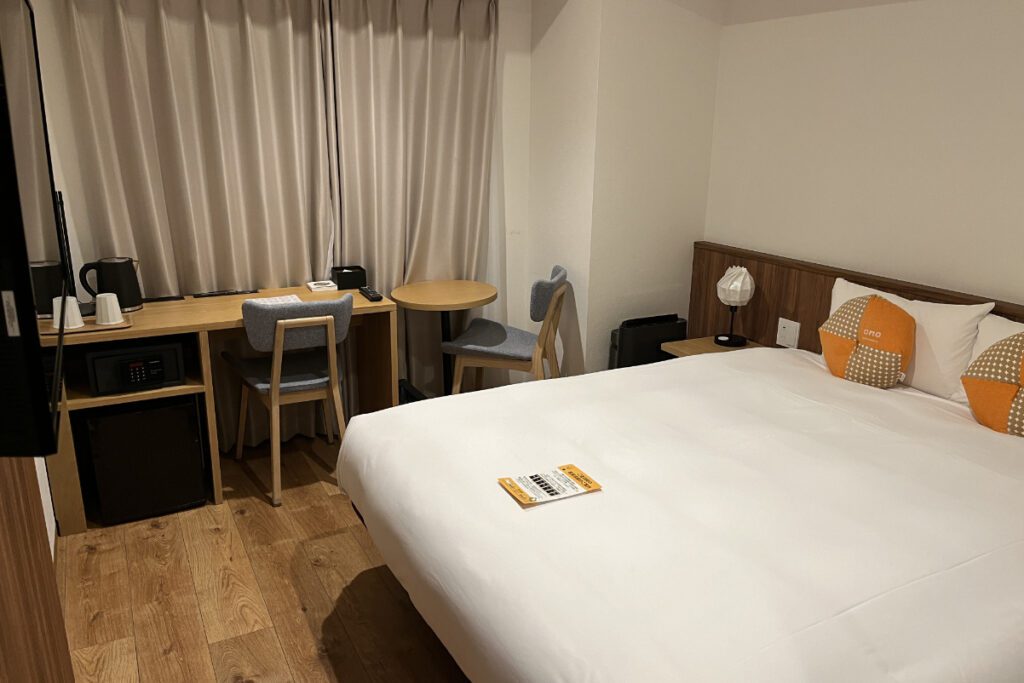

Expanding its operations
Hoshino Resorts has also invested in more than 35 properties other than those operated by the Hoshino Resorts brand family, believing they will likely secure steady cash flows over the long term. For example, it owns a Grand Hyatt Fukuoka that’s operated by Hyatt.
The parent company currently runs only 42% of the properties across its branded and externally operated network but aims to reach 50% soon.
Hoshino Resorts’s real-estate investment trust is in the process of trying to finalize an alliance with Greens, a hotel operator, and MUFG (a megabank), to develop 20 roadside hotels branded Comfort Inn (in cooperation with Choice Hotels International) with Greens as the management company and Hoshino as the owner. That would expose the companies to the budget segment in second-tier markets nationwide as tourism increases in importance.
Hoshino Resorts’s real-estate investment trust is also in the process of taking the 22 Chisun roadside hotels that it owns and transferring their branding to the Comfort Inn brand and their operations to Greens.
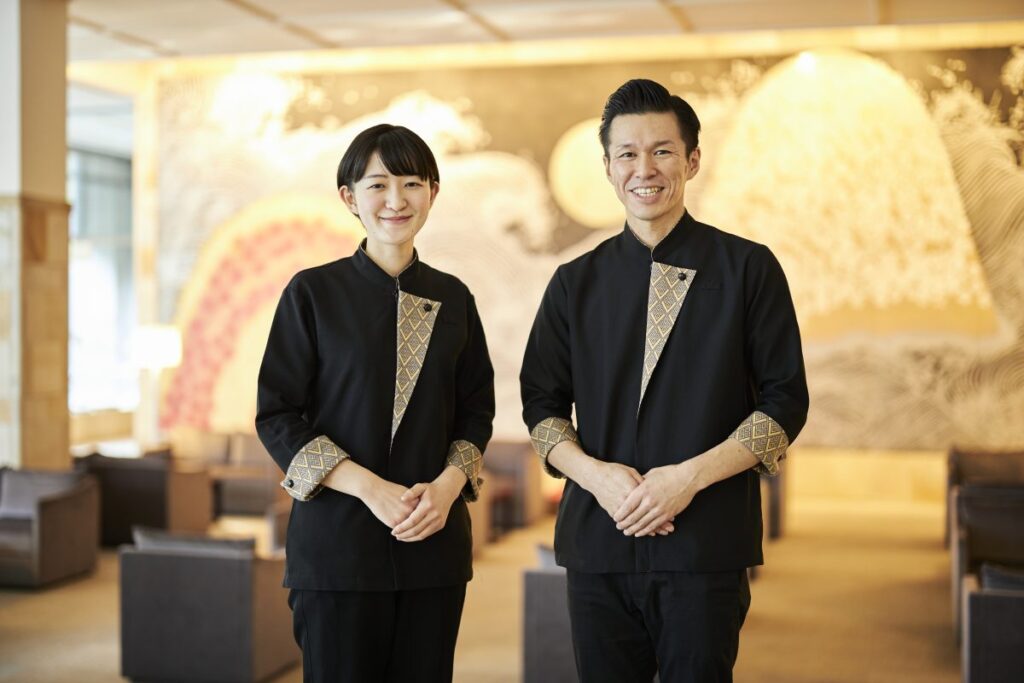

Overcoming a labor shortage
In the past year, Japan’s international travel visitation has recovered to pre-pandemic levels, partly thanks to the weak yen.
But Hoshino, like other hotel companies, has struggled to keep up with demand. The aging workforce has created a labor shortage. Japan encourages formal training for many hospitality positions, so there can be a lag in the process of adding workers.
“We’re accepting 700 new employees in April from universities and schools across Japan,” Hoshino said. “That’s the largest group we’ve ever accepted in one year. We have no facility to train them all at the same time, so we’ve had to be creative in our process.”
Hoshino prefers to directly employ staff, but at a few mid-market and economy properties in major cities, it had to turn to outsourcing firms for housekeeping.
Finding ways to run hotels with fewer staff is crucial because an aging society will lead to labor shortages for all Japanese companies. It seeks to train staff to multitask, with a single staff member handling reception work, room cleaning and serving. Automating as many processes as possible, such as check-in, is key.
